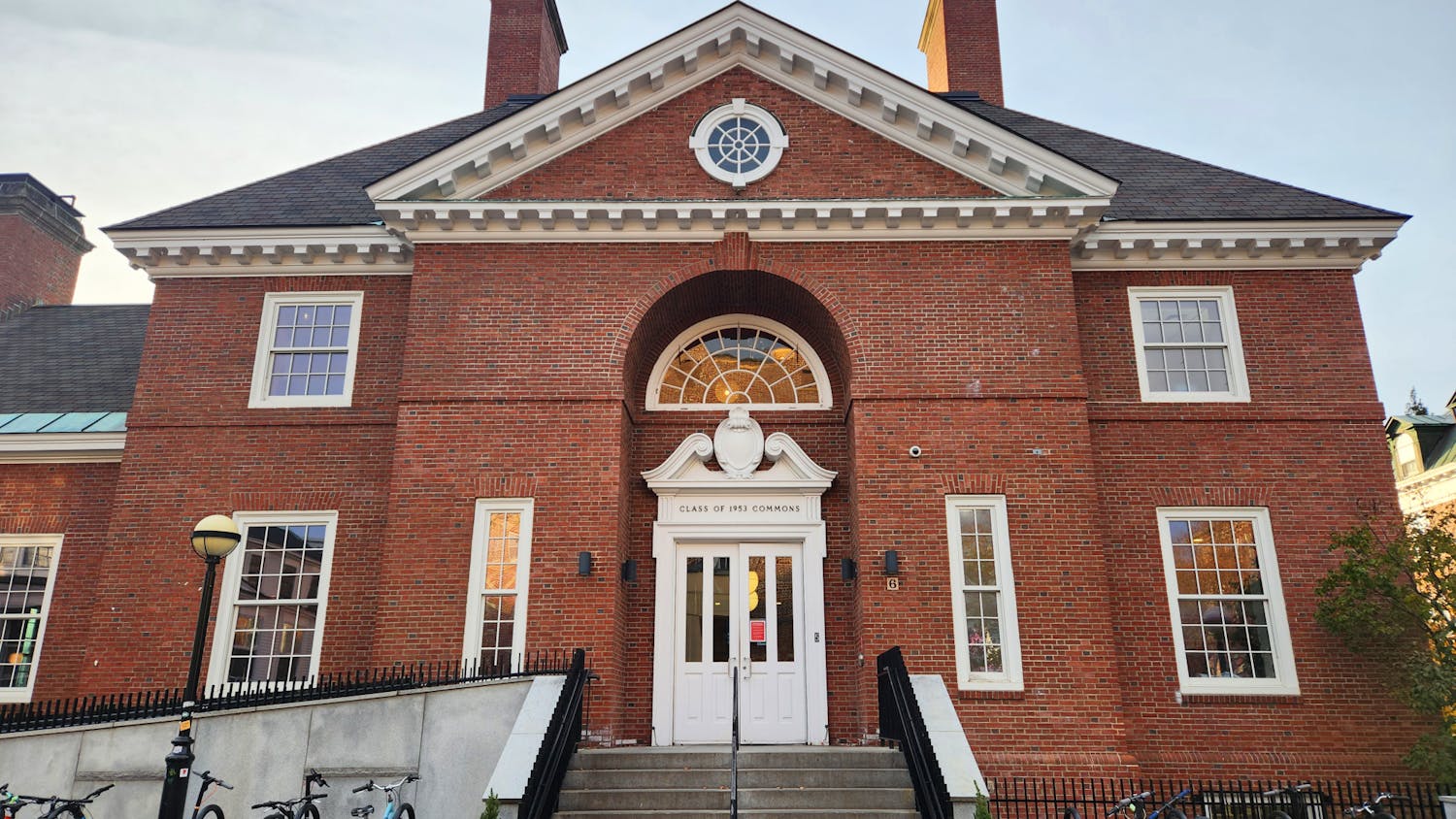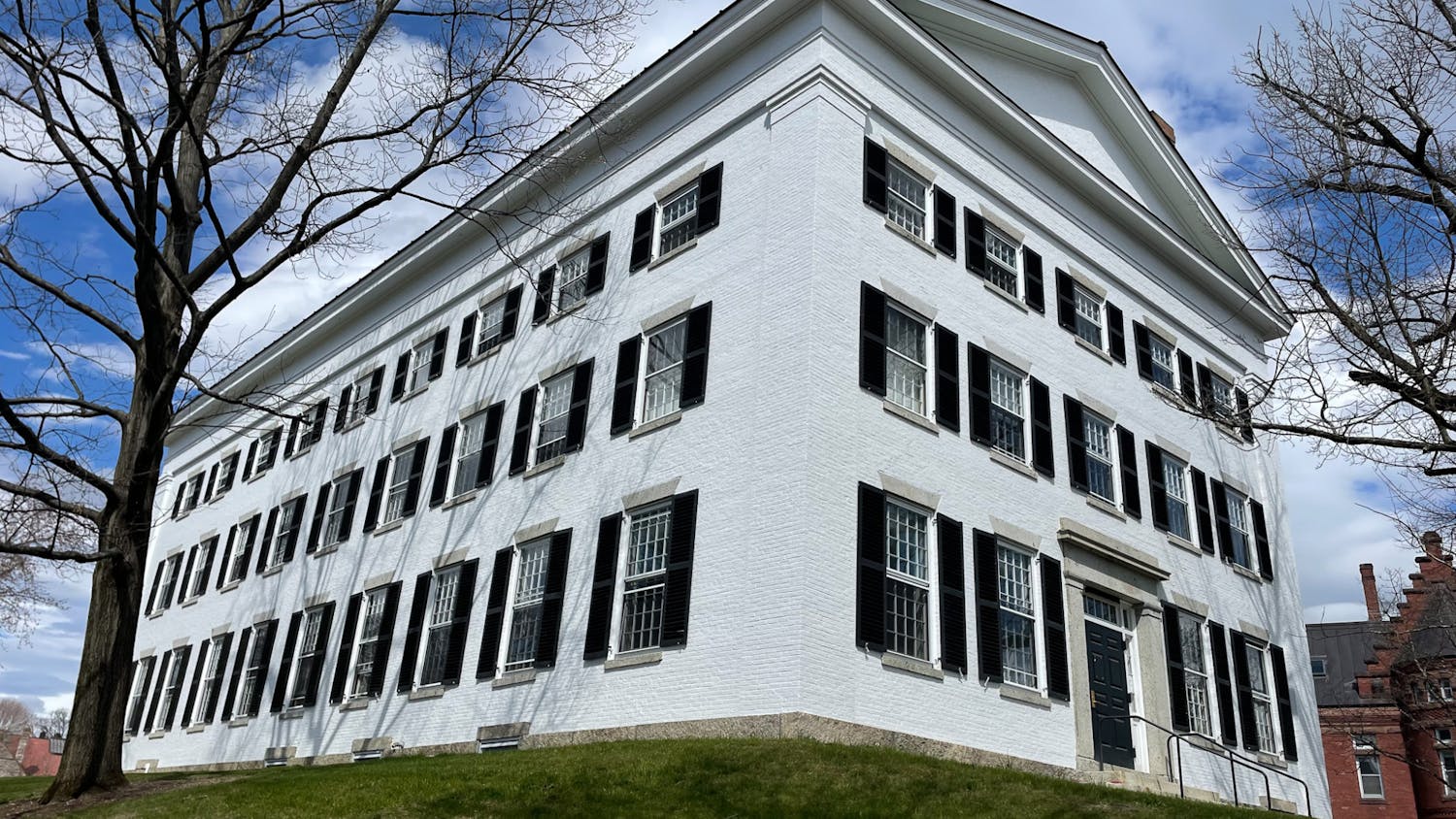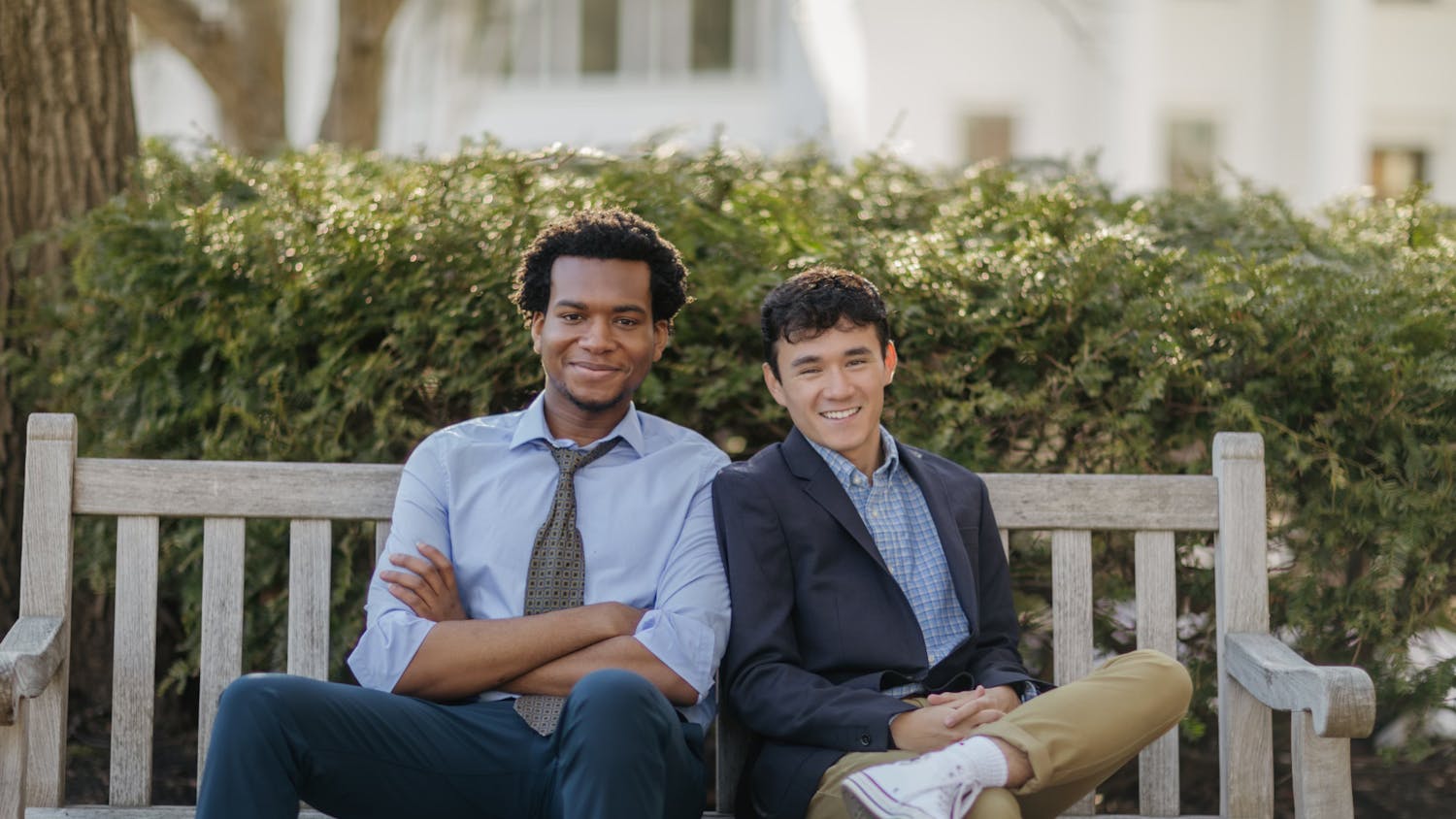Colleges and universities brought in a record $28 billion through charitable donations in 2006 -- a 9.4 percent increase from 2005. Alumni giving, which accounts for about a third of such donations, grew by over 18 percent compared to last year, according to statistics released last week by the Council for Aid to Education.
Stanford University led the pack with $911 million in donations, collecting the most ever by a single university, while Dartmouth, which saw a 51 percent increase in donations from last year, raked in $160.3 million.
Five of the top 10 fundraisers were Ivy League schools. Dartmouth ranked seventh in the Ivy League, directly behind Princeton University and ahead of Brown University.
"We have a very loyal and generous alumni body -- most people who go to Dartmouth have a terrific experience, so they want to give back," said vice president for development Carolyn Pelzel, who attributed the disparity in total donations between Dartmouth and its peers to the smaller number of alumni.
Given that the largest gift from a single donor was $5.9 million, the vast majority of money raised for the College came from a large number of donors. Pelzel said the average alumni gift was $2,629.
In contrast, among the schools higher up on the list, most of the money comes from a small number of large gifts. Stanford credited approximately 40 percent of their total fundraising to 10 donations, including a $100 million dollar gift from alumnus and real estate developer John Arrillaga.
About 60 percent of the College's donations are from alumni, a figure that's twice the national average of 30 percent.
"When you look at giving per alumnus, Dartmouth is typically in the top four," Pelzel said.
According to Pelzel, the College's newest academic and residential buildings create a visible testimony that helps garner financial support from alumni and parents of current students.
"It's a source of pride for people," Pelkel said. "It really helps to build confidence in our constituency."
CAE survey director Ann Kaplan said that colleges "are making a good case for support."
"The level at which they can receive contributions will have something to do with the economy, but they have to be out there asking for it," Kaplan said.
Stanford's total for 2006 was boosted by two separate official campaigns for donations during the year. With 300 full-time employees asking for donations, the campaigns helped to create a total that is approximately 50 percent higher than the previous year.
Like Stanford, Dartmouth also experienced an increase due to campaigning, Pelzel said. As of February 2007, the Campaign for the Dartmouth Experience has collected $809.6 million of its $1.3 billion goal. The campaign ends in December 2009.
According to CAE, the top 20 fundraising schools are credited for more than a quarter of all monies raised nationally.
After Stanford, the top 10 fundraisers were Harvard University, which raised $595 million, Yale University, University of Pennsylvania, Cornell University, the University of Southern California, Johns Hopkins University, Columbia University, Duke University and the top earner among public universities, the University of Wisconsin-Madison, which raised $326 million.



